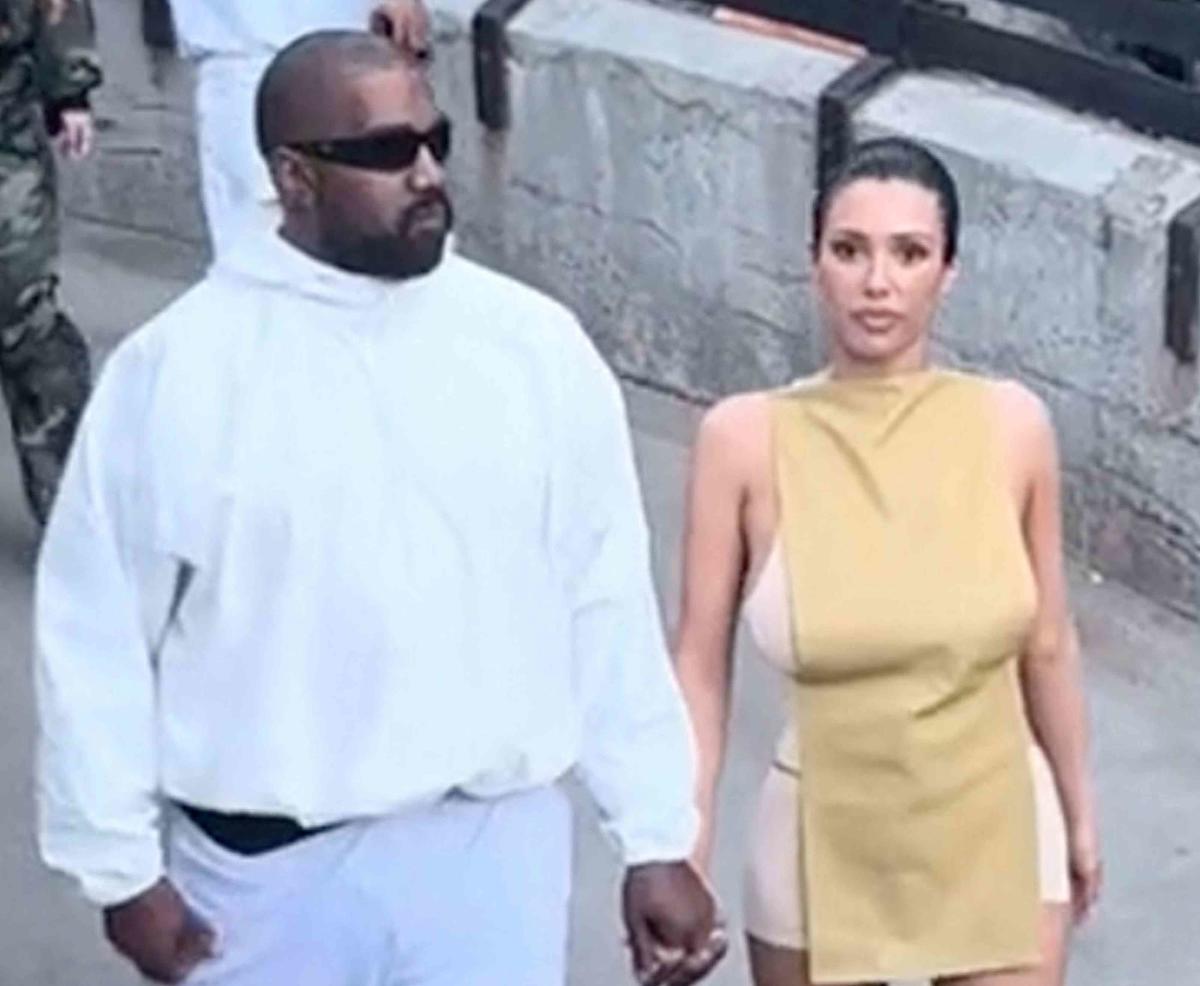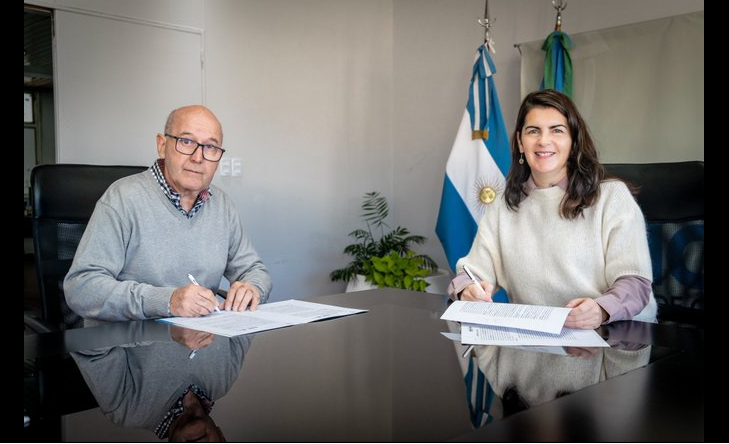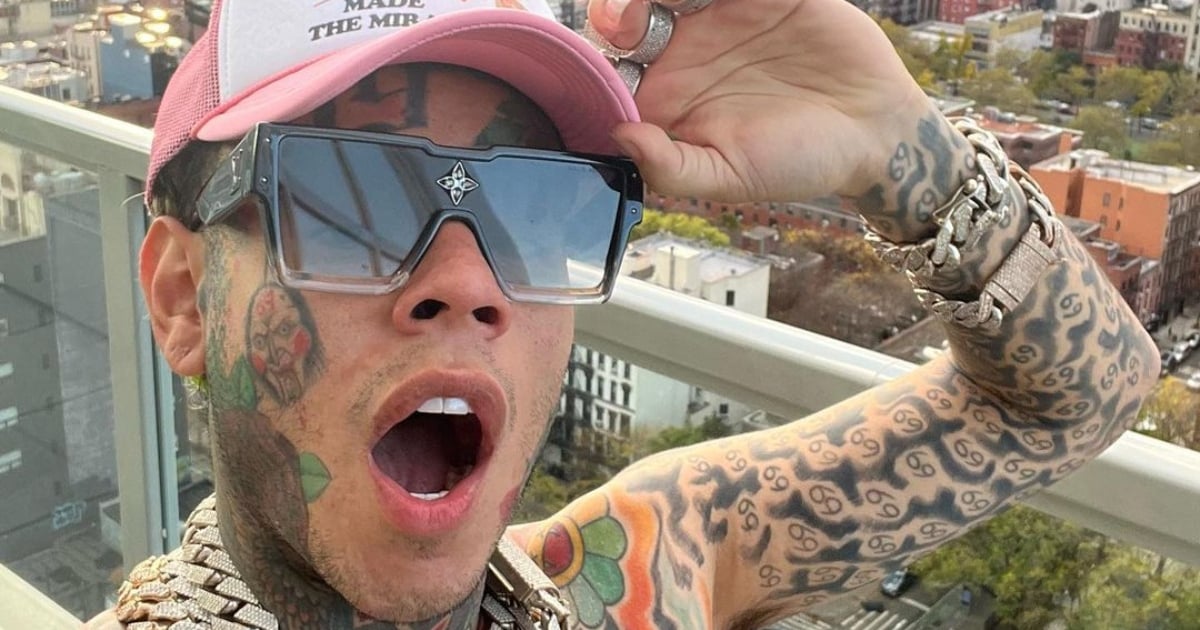Researchers at the State University of North Carolina have devised a new state-of-the-art approach for monitoring the creation of pictures by artificial intelligence systems. The work covers domains from independent robots to AI training. A kind of AI work, known as conditional picture generation, involves creating AI systems of images meeting a set of precise requirements. For instance, a system may be trained to make original cats or dogs when the user desires the animal.
More contemporary approaches have been developed to integrate image layout conditions. This allows users to define the item kinds they want to display on the screen in particular. The sky could go into one box. For instance, a tree could go into another container, and a stream could go into one package, and so on. The new work improves the strategies to enhance user control of the results and maintain specific features over a series of pictures.
Our technique may be significantly reconfigured,” says Tianfu Wu, co-author of a publication on computer science at NC State, an assistant professor. “As in prior techniques, our technique allows users to create a picture based on certain circumstances. But our image can also be kept and added to it. For instance, people might have the mountain scene created by AI. The users can then add the system to this scene.”
Furthermore, the new methodology allows users to handle some AI elements to identify them and move or alter them somehow. The AI, for instance, may provide several pictures that represent skiers moving over the terrain to the spectator.
“One request would be to ‘picture’ what the ultimate product would look like before a specific job is started,” Wu explains. “You may also make pictures for AI training using the technology. You may use this method to make pictures to train other AI systems instead of assembling photos from external sources.” In the COCO-stuff dataset and the Visual Genome, dataset researchers tried their novel methodology. The new method has surpassed the prior state-of-the-art picture production approaches based on conventional picture quality measurements. Our next step is to examine if we can extend this work to 3D and video pictures,” said Wu.
The training of the new methodology needs a good deal of computer power, with 4-GPU workstations being employed by researchers. The system is, nevertheless, less costly on a computer basis. “We have observed that one GPU is giving you almost speed in real-time,” said Wu. “We also published our source code for this method on GitHub in addition to our document. That said, we are always open to working with partners in the industry.”






